Wormwood Many people consider the usual weed with which you need to fight on the nursery. However, the grass that grows in the steppe and on the wasteland, is only a small part of the wormwood family. It combines a large number of varieties, most of which differ not only by their decorativeness, but also useful properties. A mansion among varieties of wormwood is worth a wormwood tree or, as it is also called, God's tree. About how to grow a tree wormwood in the country with your own hands, let's tell me further.
Wormworms: Plant Description
Wormwood is a tree ("God's Tree") is a long-term shrub whose height can reach 1.5 m. It is due to its height of the plant received such a name.
The characteristics of the culture are as follows:
- The foliage in the plant is three times peristracted, the stalks are straight off.
- In the summer, when the tree wormwood grows, it forms a big and beautiful bush. Color leaves gray-green. The plant is deciduous.
- Late fall, wormwood resets the leaves, and in the spring all the kidneys, except the top tops that come to life and produce new leaves. The top kidneys, like most of the semi-stares, do not affect the season of vegetation and die for the winter.
- New shoots are developing from the kidneys and roots, increasing the size of the bush and making it more attractive. Unlike field varieties of wormwood, the tree does not apply to the area underground shoots, so it is not constant to fight her.
- Blooming the tree wormwood in the middle of August. Yellow flowers are collected in small inflorescences, which look very beautifully on the background of gray-green foliage.
- In addition to its beauty, a tree wormwood known for its medicinal properties. In antiquity, this plant was used to treat many ailments. Infable from the tree wormwood is treated with oral cavity, dental pain, intestinal pain. The plant's juice helps perfectly for healing wounds, and compresses from tinctures are used to treat dislocation and bruises.
- It is due to its useful properties of a tree wormwood called "Divine Tree." Dried branches of the tree wormwood are unfolded in cabinets and storage rooms. They not only interrupt the smell of the sleeved lingerie, but also protects things from moths.
- In some cuisines, wormwood is used as a spice for making sauces, tinctures and marinades, which will be very good for meat dishes. Sutting off the tree wormwood on its plot, you can get not only a beautiful, but also a useful plant.
You can buy seedlings of a wormwood of a tree in a specialized store for gardeners, or it is possible to buy "from the hands" by summer houses. Next, we consider how the planting of plants and the care of wormwinking is passed.
Landing a tree wormwood
So, the tree wormwood is a perennial plant that successfully can grow in one place to ten years. That is why it is worth choosing a certain area to subsequently not reset it:
- The tree wormwood grows very well on sufficiently illuminated areas. In the shadow, the development of the plant slows down.
- For the culture of greater decorativeness, low shrubs planted around the bush. They close a less decorative lower part of the tree wormwood, and at the same time they will not harm it with growth.
- Although the divine tree grows almost on any soils, it is better to give preference to well-drained and rising soils, which will positively affect the development of the bush.
- Special soil preparation for planting this plant is not required. However, in order to alleviate its growth, in the spring before planting on the site, some nitrogen fertilizers can be made (15-20 g of Selitras per 1 m 2 plot).
Looking off the seedlings of wormwood better in spring, so it will be able to strengthen the onset of winter frosts. Before landing the soil should normal to warm up so that the shrub is not moving. The most optimal period is possible for planting a tree wormwood, you can count the end of April - the beginning of May.
The planting process is not very complex:
- On the site, the wells are digging for planting plants at a distance of 10-15 cm from each other.
- The seedling is lowered into a shallow well (15-20 cm will be enough).
- Then the root of the earth is checked.
- After which the plant is watered.
Walking for a tree
A tree wormwood is one of the few decorative shrubs that does not require much care. It grows perfectly even in the absence of a normal watering. The entire care process is the following events:
- Timely and moderate watering. Although the plant and persistently transfers the absence of watering, it is advisable to do it regularly. However, it is impossible to overdo with moisture. Excess watering can cause harm to the plant.
- Ruffle soil around shrub. After the moisture is absorbed, and the top layer of the soil will dry, it is necessary to carry out the soil with simultaneous removal of weeds. This will allow moisture longer to linger in the soil.
- Trimming bush. It is carried out both in decorative and preventive purposes. In preventive purposes, trimming the bushes is carried out in early spring. At this time, they remove the shoots that did not survive the winter. A tree wormwood very well molding. Therefore, with the help of a secaterator, you can make a real work of garden art.
- The bushes of the tree wormwood do not need winter shelter. The plant can withstand short-term frosts to -25⁰. Even in the case of the renovation of some shoots, the bush is quite restored. The only case when it makes sense to dig up a shrub and put it in a pot until spring, is the resulting molding. Memorial shoots can spoil the shape of the bush, and it will have to cut it again.
- Pruning plants is not a tricky thing, and even a novice gardener can cope with it. Growing shoots begin to trim when their length reaches 60 cm. Basically form a bush in the form of a ball. Thanks to the gray-green color of the leaves of a tree wormwood, such a ball will look very beautiful on the flower bed.
- Already after the first haircut, the shoots begin to grow more evenly, so that a constant trimming may not need. The tonsured plant is often used on the flowerbed as a "solitator".
The breeding of a tree wormwood
The propagation of the tree wormwood is carried out in three ways:
- Seeds. Drain the seeds of the shrub into open ground is the meaning only in the southern regions. Otherwise, they risk not to climb. Therefore, from seeds most often grown seedlings with an eye on the spring. Seeds are carefully selected and soaked in the nutrient solution for a day. It can be bought in any flower shop. Then the seeds are dried and planted in a small pot. For them, special soil can be used, or a mixture of peat and fertile soil. Seed seeds at a depth of 2-3 cm, watered with a small amount of water and covered with a film. As soon as the seedlock appears from under the ground, the film can be removed and put a pot on the windowsill. After a month and a half, when a resistant warm weather is installed on the street, a sapling transplant to the flowerbed. It is worth noting that the tree wormwood deteriorate in this way only in nurseries. At home, it is better to use a vegetative way of reproduction - cuttings.
- Cuttings. This method is simpler and gives the best result than reproduction by shifts. The cuttings from the widespread shoots are cut in early spring. It is necessary to choose the most powerful and developed escape. The cutlets are cut with a sharp knife to not damage it. Then the scenes is lowered into the solution for better rooting and placed in a sand container. After that, they watered a bit and cover the glass can container. As a rule, the rooting of the plant occurs within a month, after which it can be bold to plant in open ground.
- Dellets. Another rather simple way to reproduce a tree wormwood. It consists in dividing the bush into several parts. Conduct operation in spring. To do this, it is necessary to neatly dig up the formed bush so as not to damage the roots. The latter inspect the presence of dried or dead rhizomes. If these are, they are simply removed. Then the bush is divided in such a way that each decene has its own formed root system. Roots dissect sharp knife. After that, the decene sit on a permanent place.
Wormworms: Diseases and pests
Wormworms are practically not vulnerable to disease and pests, however, with improper care, the shrub can be affected by infection.
The most common disease of shrubs is different types of rot. They develop due to too high soil moisture. The reason for this can be too rainy summer or incorrect abundant watering. The plant affected by rotting can be noticed by fading shoots. Fight with various types of rotes with special preparations that spray or watered a plant:
- Triphodermin. For the spraying prepare a solution of the drug (5g / 1l water).
- Baikal Em-1. The solution of this drug is watered with the soil around the plant. The solution is prepared in the proportion of 10 ml / 1l water.
- Maksim. Dilsert 1 ampoule per liter of water. Water under one plant no more than 100 ml of solution. The diluted solution cannot be stored for more than a day. You can also spray shrubs.
- Alinin - B. Helps perfectly with various types of rot. Produced in tablets. For irrigation, a solution is used in proportion of 2 tablets for 10 liters. water. For spraying - 1 tablet per 1 liter of water. Treatment is carried out three times with an interval of 6-7 days.
If the treatment does not bring fruits, the diseased plant must be removed and be sure to burn. An affected plot of land is treated with drugs.
Thanks to its specific smell and taste, the pests are wormwoods bypass.

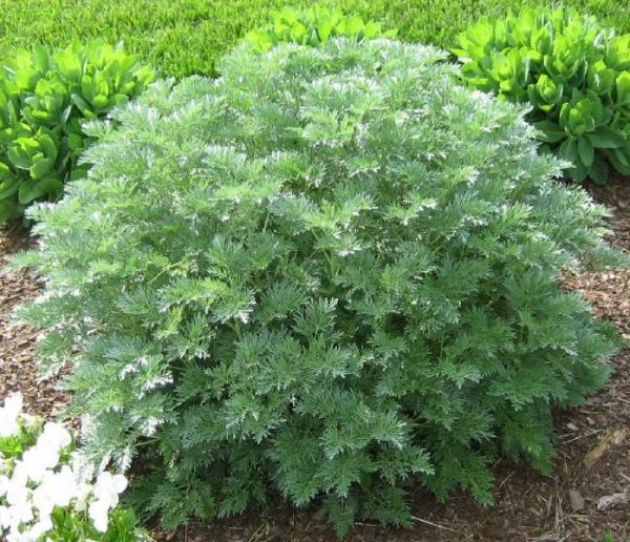
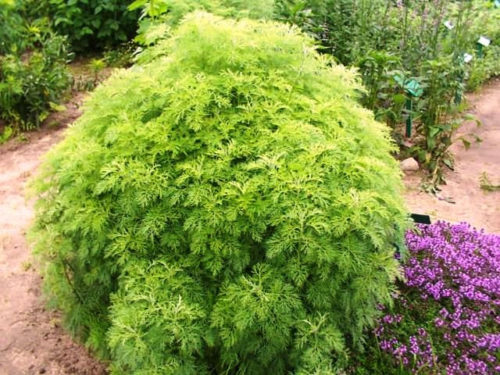

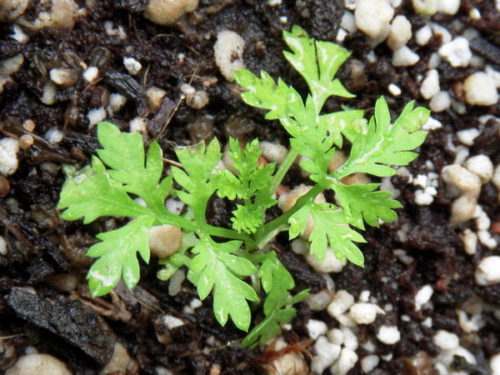
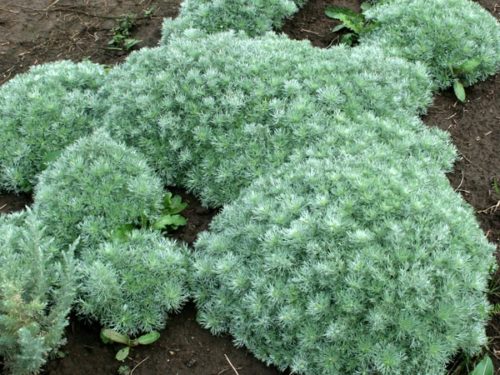
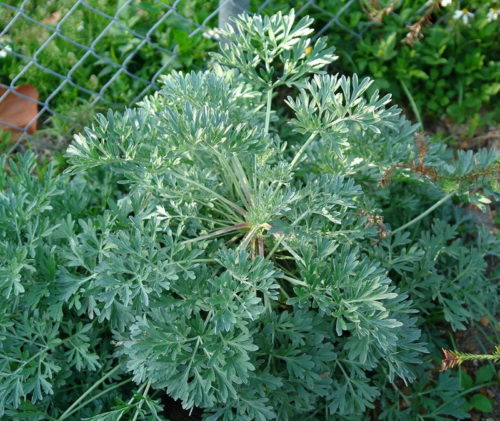
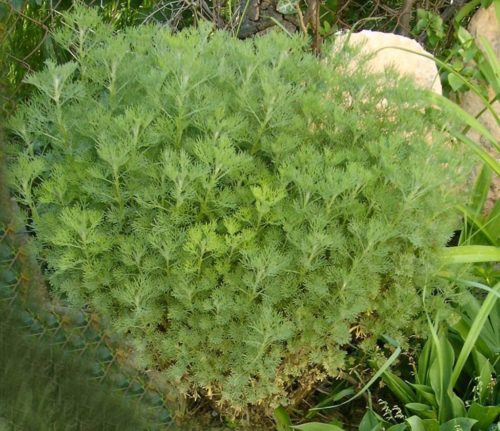
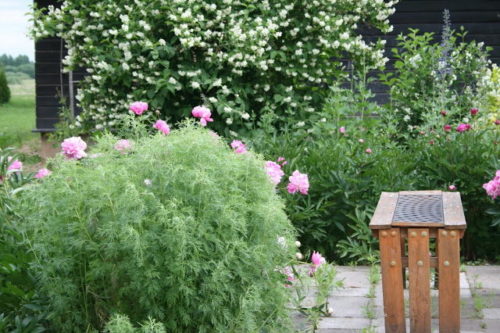
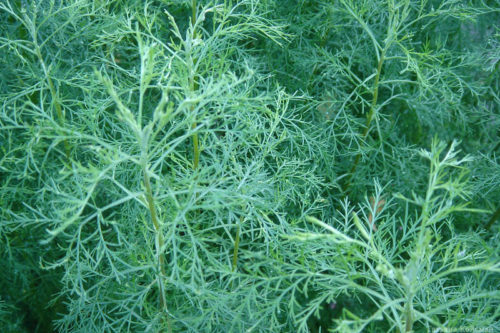
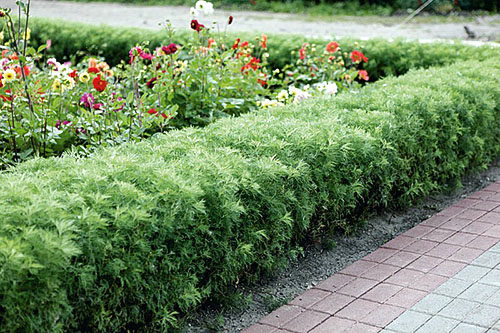
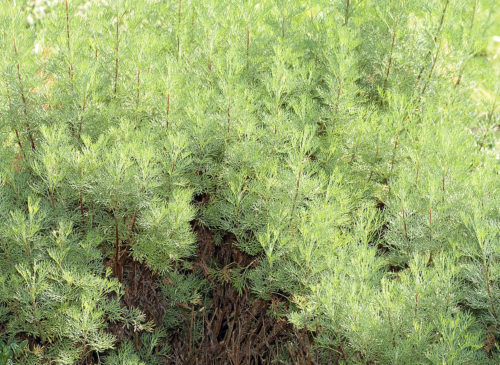
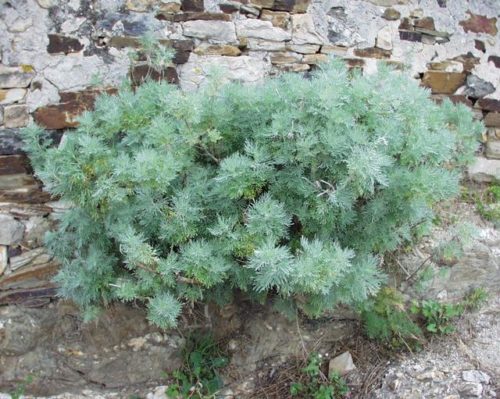
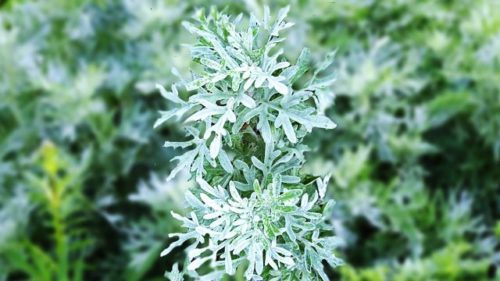












 Start a discussion ...
Start a discussion ...